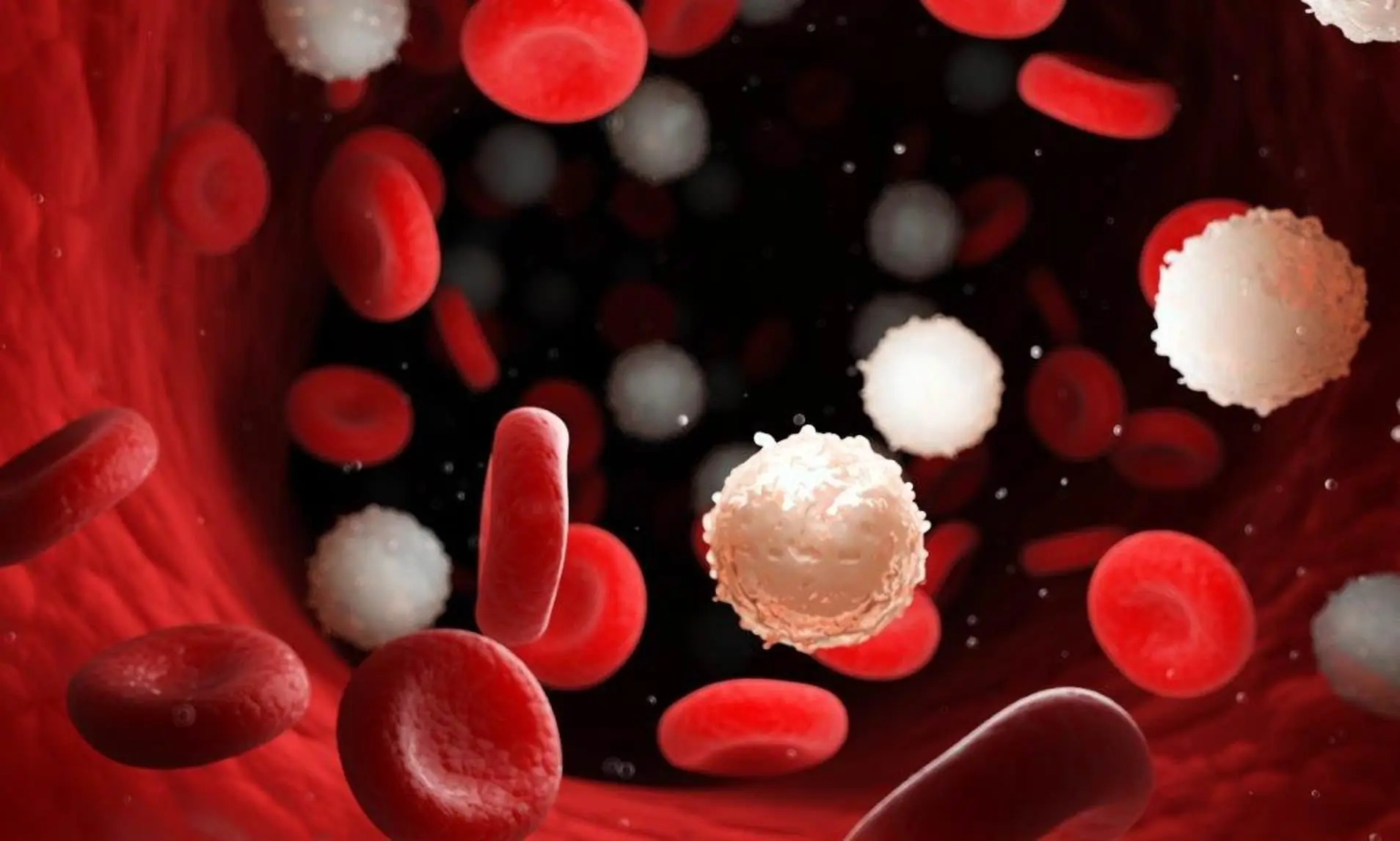
New Study Warns COVID-19 And Flu Might Awaken Dormant Cancer Cells In The Lungs

Viruses and the Hidden Risk for Cancer Survivors: How COVID-19 and Influenza May Reawaken Dormant Tumor Cells
Since the COVID-19 pandemic began, public discussion about viruses has largely focused on immediate concerns: acute symptoms, public health measures, vaccines, and the race to curb transmission. Yet beneath this urgent narrative, scientists have uncovered a quieter — and far more unsettling — truth. Respiratory infections such as COVID-19 and influenza may do more than make us sick for a week. They may have the power to wake up long-dormant cancer cells, reigniting disease that survivors thought had been left behind.
A landmark study published in Nature has revealed that common viral infections can trigger the reactivation of disseminated cancer cells (DCCs) — cancer cells that broke away from a primary tumor and silently hid in the body for years, sometimes decades. For people who have beaten cancer once, this discovery reframes remission not as a clean slate but as a delicate, ongoing balance. It suggests that something as ordinary as the flu or a mild COVID-19 infection could, under the wrong circumstances, fan old embers back into flame.
Viruses as Catalysts: The Colorado-Led Discovery
Researchers from the University of Colorado, working with international collaborators, discovered that infections caused by viruses like SARS-CoV-2 and influenza can trigger a wave of inflammation that fuels dormant cancer cells, particularly in the lungs. In laboratory models, these infections caused silent cells to multiply rapidly and become aggressive. Human health data told a similar story: cancer survivors who contracted COVID-19 were nearly twice as likely to die of cancer compared with those who avoided infection.
The finding does not mean that every cough or fever spells disaster for survivors. But it highlights how deeply interconnected the immune system is with cancer’s long game. Viruses appear to act like sparks in a forest where invisible embers still smolder — most will not ignite a fire, but some may.
Dormant Cancer Cells: The Silent Embers
Cancer does not always end with the removal of a tumor. Even after surgery, chemotherapy, or radiation, tiny clusters of malignant cells can escape and settle quietly in other organs. These dormant cancer cells often hide in tissues such as the lungs, bone marrow, or liver, undetectable on scans and unaffected by treatments that target actively dividing cells. Many remain harmless forever. But in others, some unknown trigger reignites them, leading to metastatic cancer — the cause of about 90% of cancer-related deaths.
For decades, oncologists have wrestled with one haunting question: What wakes these cells? Why can someone live cancer-free for ten or twenty years, only to see the disease suddenly return? The new research offers one of the clearest answers yet: inflammation caused by respiratory infections may act as oxygen to the fire.
In mouse models of breast cancer, dormant cells in the lungs surged within just three days of infection with influenza or SARS-CoV-2. Not only did the cells multiply, they also switched from dormancy into aggressive growth. Even months later, the reawakened cells persisted, suggesting that infection had reshaped the lung environment in lasting ways.
This reframes remission as a fragile equilibrium. Cancer survivors may live with invisible seeds that can be tipped into growth by biological stressors we normally think of as harmless — like a seasonal virus.
IL-6: The Molecular Middleman

Digging deeper, the researchers found a familiar suspect: interleukin-6 (IL-6), a signaling protein that drives inflammation. In normal contexts, IL-6 helps rally the immune system against infection and repair tissues. But in the context of dormant cancer cells, it appears to act as a dangerous instigator.
Mice unable to produce IL-6 did not experience the same surge in cancer cell activity after infection. When IL-6 was present, however, it worked like a megaphone, amplifying inflammatory signals that pushed dormant cells toward growth. In laboratory-grown breast tissue organoids, IL-6 exposure caused dramatic expansion, reinforcing its central role.
This is striking because IL-6 blockers are already used clinically for severe COVID-19 cases to calm the “cytokine storm” that can damage the body. If IL-6 fuels cancer recurrence, then these same drugs — or future versions — could one day serve a dual purpose: protecting vulnerable survivors from both acute viral damage and long-term cancer relapse.
The Immune System’s Double-Edged Sword

The study also revealed an unexpected twist. Normally, CD8+ T cells — the body’s “killer T cells” — seek and destroy cancer cells. But another immune player, CD4+ T cells, seemed to interfere. During viral infection, CD4+ T cells dampened the activity of CD8+ T cells, effectively shielding the awakened cancer cells. When scientists removed CD4+ T cells in mice, the CD8+ cells were able to destroy more cancer cells and reduce metastasis.
This shows that the immune system is not a simple “good versus bad” army. It’s a nuanced ecosystem, sometimes protecting us and sometimes unintentionally helping our enemies. Viruses exploit this complexity, and so, apparently, do cancer cells. Understanding how to recalibrate this immune balance could open new therapeutic doors: enhancing CD8+ T cell responses or modulating CD4+ T cells might keep dormant cells from gaining ground.
From Mice to Humans: Data That Raises Alarms

Animal studies can be illuminating but don’t always reflect human biology. To test real-world relevance, researchers analyzed massive health records in the UK Biobank and large U.S. cancer registries. The pattern was unmistakable:
-
In nearly 5,000 cancer survivors, those infected with SARS-CoV-2 had almost double the risk of dying from cancer compared with peers who remained virus-free.
-
In a study of 36,000 women with breast cancer, contracting COVID-19 increased the risk of lung metastasis by about 40%.
The highest danger appeared in the first one to two years after infection, mirroring the surge of dormant cells seen in mice.
Scientists caution that these findings need further confirmation and that vaccination may mitigate the risk by blunting severe inflammation. Still, the convergence of animal and human data is sobering: respiratory viruses may accelerate cancer progression in ways we have overlooked.
Practical and Preventive Takeaways

While these findings are unsettling, they also point to hope and actionable strategies:
-
Vaccination matters. Staying current with flu shots and COVID-19 boosters may reduce severe inflammation and help keep dormant cancer cells quiet.
-
Prompt treatment of infections. For survivors, early antiviral care and fever management could be more than just comfort — they might be protective.
-
Anti-inflammatory therapies. Drugs targeting IL-6 or similar pathways may evolve from emergency COVID-19 treatments into cancer-preventive tools.
-
Immune system modulation. Future therapies may learn to fine-tune CD4+ and CD8+ T cells, strengthening the body’s natural guard against relapse.
Researchers are also exploring whether it’s possible to eradicate dormant cells altogether, either by coaxing them into vulnerability or keeping them permanently inactive. If successful, this could transform cancer remission from a precarious state into true safety.
Beyond Biology: A Deeper Reflection
There’s a symbolic resonance in this science. Dormant cancer cells are like old traumas or unfinished stories within the body — silent, almost forgotten, until a storm reawakens them. The metaphor of embers hidden in a fire pit is haunting: what seems extinguished can reignite under the right conditions.
Viruses, in this light, are not only biological invaders but reminders of fragility and disruption. They show us how easily balance can be lost — not just in our cells, but in our lives. Healing is more than eradicating threats; it is cultivating resilience and tending to the quiet spaces where danger may linger.
A New Era of Cancer Survivorship
This research forces us to rethink what it means to survive cancer. Remission is not an on/off state; it’s an ongoing biological negotiation. But knowledge brings power. By understanding the cellular “wake-up calls” that viruses can send, scientists can design better defenses and help survivors live not just longer, but safer.
At the same time, this insight is profoundly human. Just as the immune system must stay vigilant to keep old fires from reigniting, so too must we nurture our physical and emotional health after great battles. Medicine provides the tools, but resilience — both biological and personal — shapes the outcome.
In the end, the message is sobering but empowering: what lies dormant is not gone. But with vigilance, science, and intentional care, we can keep those embers cold.
News in the same category


The TV show host didn't hold back

$42,000,000,000 reason Sam Altman, Tim Cook and other tech bosses just met with the British Royals

Fans cancel Disney+ subscriptions after their response to Jimmy Kimmel's Charlie Kirk comments

Meta launch RayBan smart glasses with 'groundbreaking' new feature

Politicians 'condemn' Elon Musk over 'dangerous' remarks made in UK protest

Man Won $158 Million On Lottery And Collected Winnings In Scream Mask So No One Found Out

Woman who had baby using 'free sperm from Facebook' issues warning to other women

Shocking dark side of the world's least visited country that stretches just 8.1 square miles

Tyler Robinson's mom makes shock admission in official Charlie Kirk murder court documents
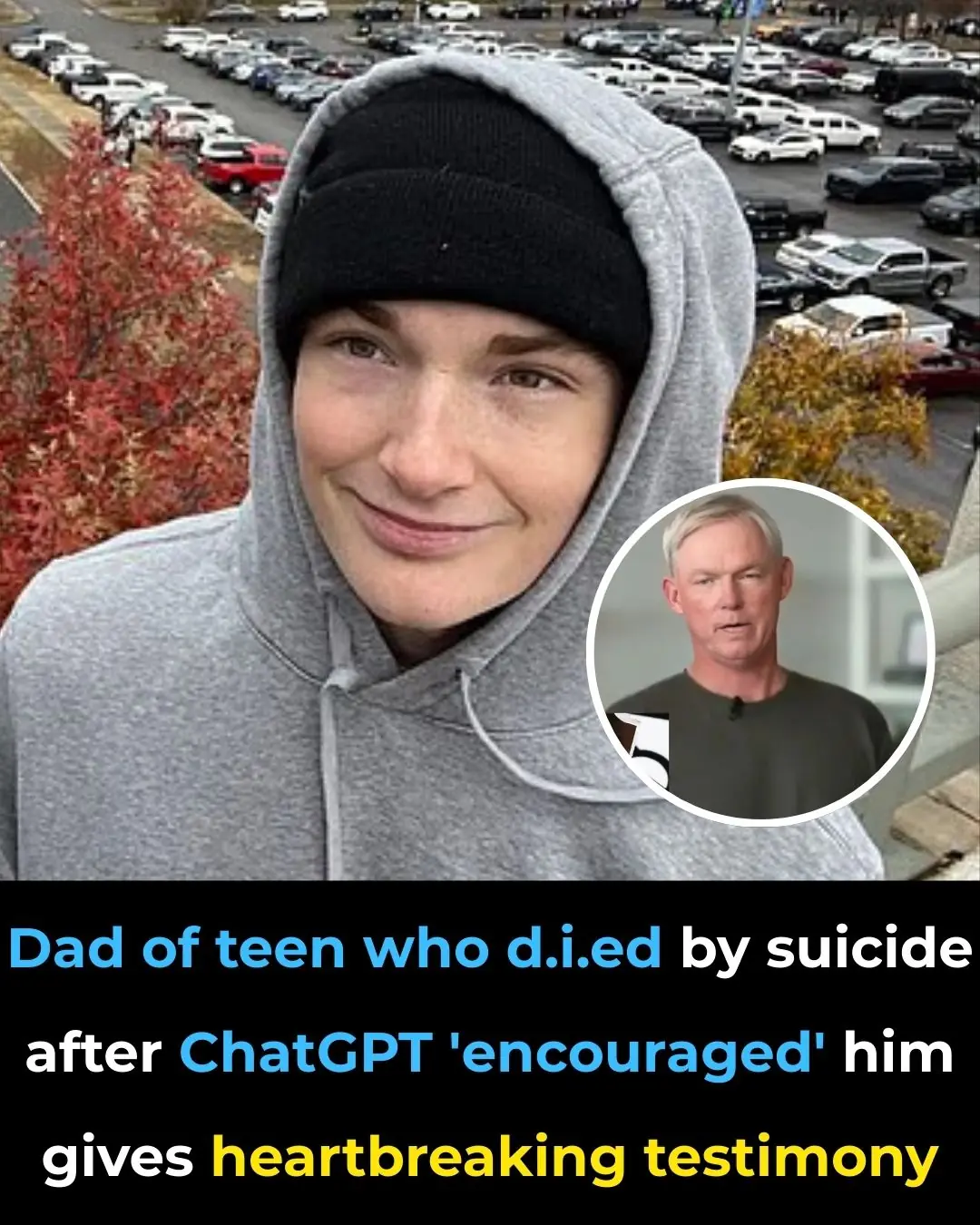
Father of teen who died by suicide after ChatGPT 'encouraged' him gives heartbreaking testimony

The ultimate battle of faith versus tech

Man caught 'cheering' in crowd after Charlie Kirk killing breaks silence

Chris Pratt breaks silence after fans called for him to be 'fired' following Charlie Kirk comments

Chris Martin 'booed' by fans as he makes statement on Charlie Kirk on stage at Coldplay concert

US officials issue warning that solar panels could be spying on us

Tech experts try to 'break the iPhone Air' with bend test

iPhone users slam latest update a 'downgrade' after noticing 'diabolically ugly' new features
News Post

Forget 10,000 steps: Scientists prove 7000 steps gives you ‘almost identical’ life-saving benefits

The Most Effective Natural Way to Remove Gallstones

4 hidden signs of iodine deficiency in your skin, hair & nails

Objects People Were Confused About Their Purpose

Little Pocket in Women’s Underwear

What are the benefits of aloe vera? Here are 11 uses of aloe vera for health and skin

Just by looking at the spot on the crab's shell, 100% of the meat is packed to the brim, with my husband and children praising it non-stop.

These familiar fruits help improve sleep, especially number 1, which is both affordable and delicious.

Goosegrass: Health Benefits and Uses

7 Benefits of Chewing Raw Garlic on an Empty Stomach
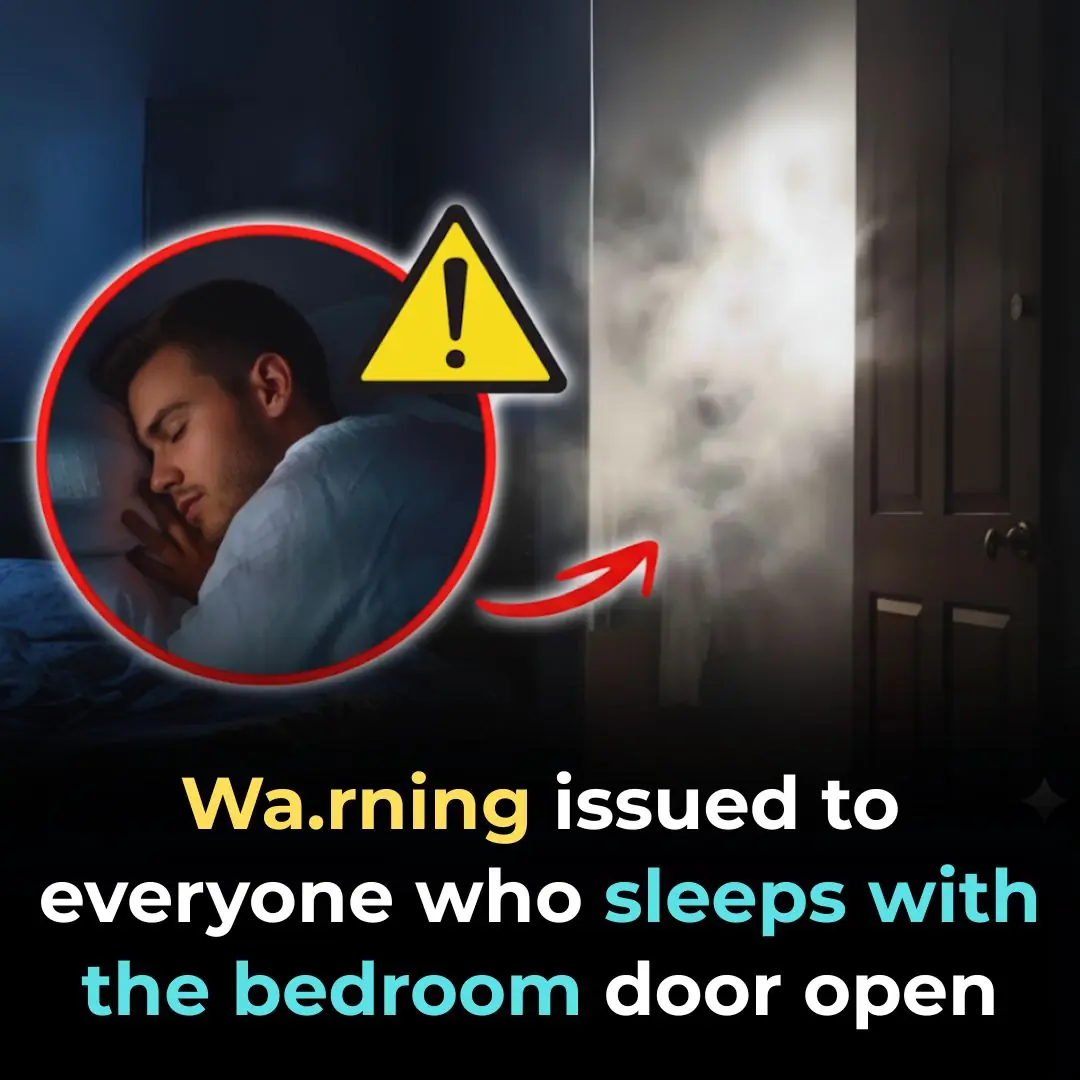
Here's why you should never sleep with the bedroom door open. FIND OUT MORE IN THE COMMENTS ⬇️

Don’t Wash Your Wooden Cutting Board with Soap When It’s Moldy: Try This Simple Method to Make It Spotless in Just 5 Minutes

Mixing Essential Balm with Toothpaste: A Handy Tip Everyone Should Know, Both Men and Women Will Want to Follow Once They Discover It

They Call It the Blood Sugar Remover: The 100-Year Remedy That Heals Kidneys, Cleans Cholesterol, and Fights Diabetes Naturally

Top 5 Amazing Tips for getting rid of Blackheads and Whiteheads
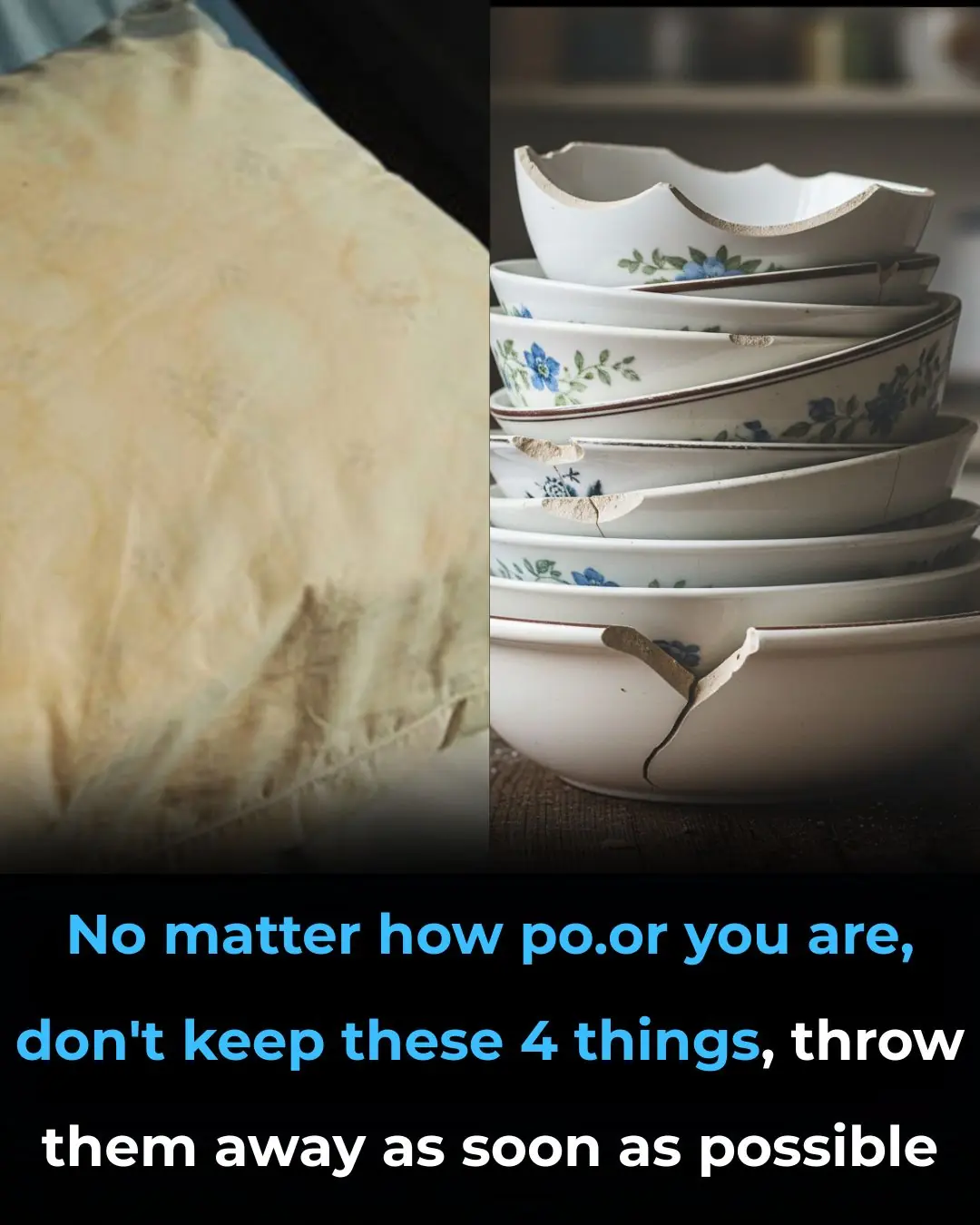
14 Items to Throw Away Right Now

Group finds spiky creatures in nest – shocked when they realize what they are

The Purple Maguey Plant — Benefits and Traditional Uses
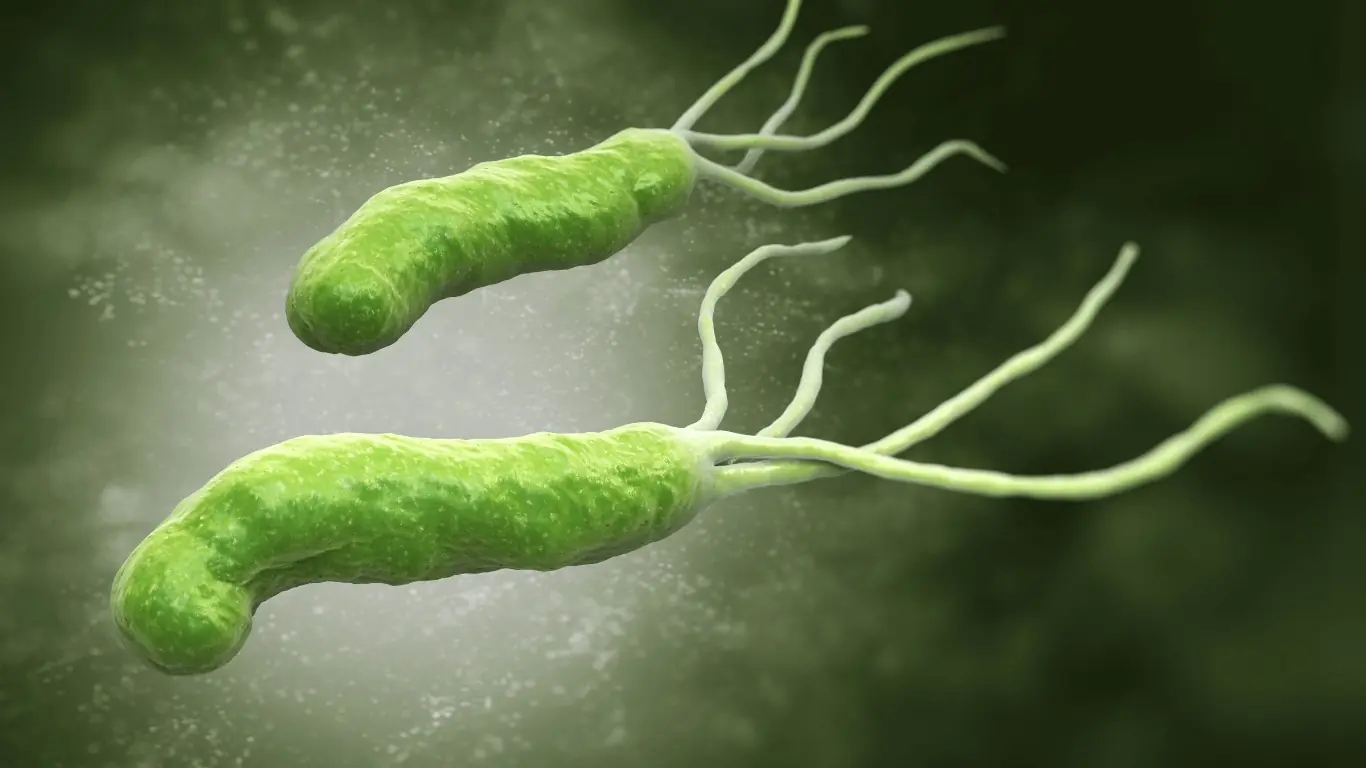
How to Naturally Kill The Bacteria That Causes Bloating And Heartburn
